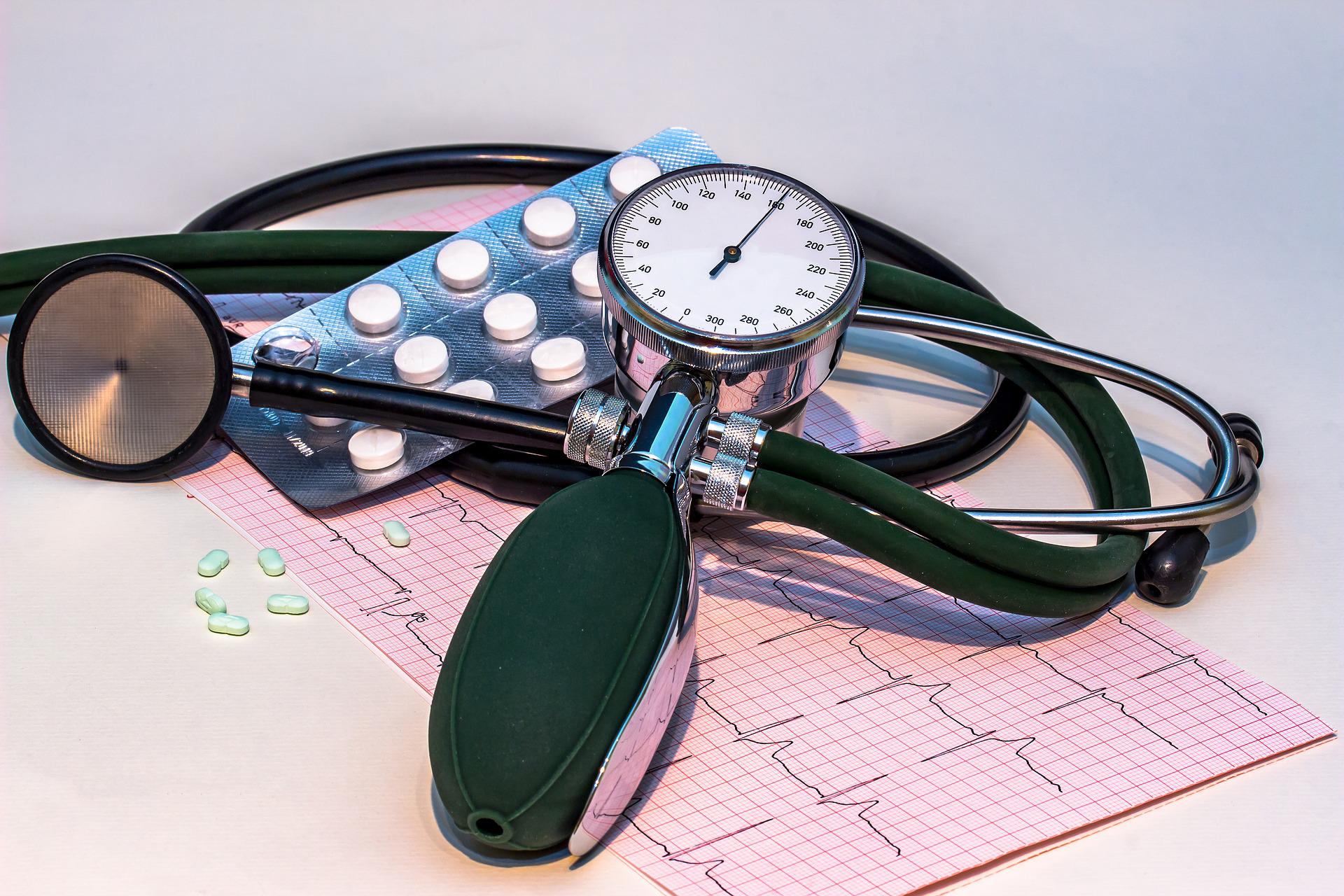
AI-driven health technology company Anumana has received breakthrough device designation from the US Food & Drug Administration (FDA) for its ECG-based Pulmonary Hypertension (PH) algorithm.
The AI-enhanced ECG-based early detection algorithm is a precise, non-invasive screening tool that is intended for the early diagnosis of patients with pulmonary hypertension.
By using the availability of 12-lead ECGs in primary care, urgent care, and emergency room settings, Anumana’s ECG algorithm is designed to easily and safely detect PH at an early stage.
If authorised, the algorithm will be available as Software as a Medical Device (SaMD), which can be downloaded to a physician’s smartphone, tablet, or computer, or accessed via the cloud through an Electronic Health Record or ECG Information Management System interface.
It analyses the voltage-time data from a standard 12-lead ECG and delivers a prediction of the possibility of PH within seconds, shortening the time between initial symptoms and the first evaluation for PH.
Anumana and nference co-founder and chief scientific officer Venky Soundararajan said: “Electrophysiology waveforms hold immense untapped potential for detecting diseases earlier in their natural history, particularly for conditions in which earlier diagnosis and therapeutic intervention can prolong survival and improve quality of life.
“The FDA’s Breakthrough Device Designation for Anumana’s PH Early Detection Algorithm is one step forward for the field of ECG AI overall, and more saliently, a giant leap forward for PH patients.”
The nference platform, which delivers insight from over 6 million de-identified patient records, including over 8 million ECGs, powers the AI-enhanced ECG PH Algorithm.
It was created through a collaboration of Anumana, Janssen Research & Development and Mayo Clinic data scientists and physicians.
nference created Anumana in 2021 with the help of the Mayo Clinic Platform to develop and market AI-enabled algorithms.
The early detection algorithm is still under development and has not yet received regulatory clearance for clinical use.






